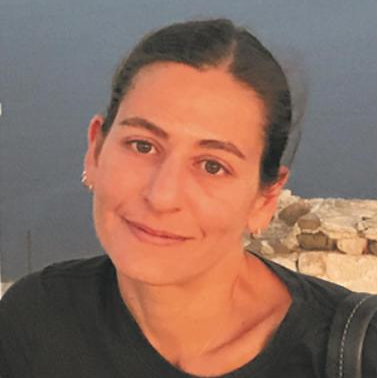Biotransformations Utilizing Marine/Marine-Derived Bacteria and Fungi
A special issue of Marine Drugs (ISSN 1660-3397).
Deadline for manuscript submissions: closed (31 January 2017) | Viewed by 35561
Special Issue Editors
Interests: biomedical applications; electrospinning; nanofibers; hybrid materials; marine biopolymers
Special Issues, Collections and Topics in MDPI journals
Interests: isolation; structure elucidation; marine natural products; marine biopolymers; marine-derived microorganisms
Special Issues, Collections and Topics in MDPI journals
Special Issue Information
Dear Colleagues,
The identification of compounds that can become lead molecules towards the development of new drugs require the highest possible number of chemical entities. Biotransformations are generally accepted as a useful tool for the preparation of new derivatives with biological activity or of industrial interest.
Microbial transformations can include oxidation, reduction, hydrolysis, carbon–carbon bond formation, addition and elimination, halogenation, dehalogenation, as well as glycosidic transfer reactions. They are performed under mild and environmentally friendly conditions and are simple to manipulate in order to maximize their efficiency and they have the advantage of being regio- and stereoselective.
Marine and marine-derived bacteria and fungi have in the last decades been proven a rich source of new bioactive metabolites and in some cases efficient in the alteration of structural architecture of marine and terrestrial and synthetic molecules alike. Contributions reporting the production of bioactive molecules via modifications induced by marine/marine-derived bacteria and fungi are welcomed.
Prof. Dr. Vassilios Roussis
Dr. Efstathia Ioannou
Guest Editors
Manuscript Submission Information
Manuscripts should be submitted online at www.mdpi.com by registering and logging in to this website. Once you are registered, click here to go to the submission form. Manuscripts can be submitted until the deadline. All submissions that pass pre-check are peer-reviewed. Accepted papers will be published continuously in the journal (as soon as accepted) and will be listed together on the special issue website. Research articles, review articles as well as short communications are invited. For planned papers, a title and short abstract (about 100 words) can be sent to the Editorial Office for announcement on this website.
Submitted manuscripts should not have been published previously, nor be under consideration for publication elsewhere (except conference proceedings papers). All manuscripts are thoroughly refereed through a single-blind peer-review process. A guide for authors and other relevant information for submission of manuscripts is available on the Instructions for Authors page. Marine Drugs is an international peer-reviewed open access monthly journal published by MDPI.
Please visit the Instructions for Authors page before submitting a manuscript. The Article Processing Charge (APC) for publication in this open access journal is 2900 CHF (Swiss Francs). Submitted papers should be well formatted and use good English. Authors may use MDPI's English editing service prior to publication or during author revisions.
Keywords
- biotransformation
- marine/marine derived bacteria
- marine/marine derived fungi
- structure elucidation
- biological activity
- structure-activity relationship studies







